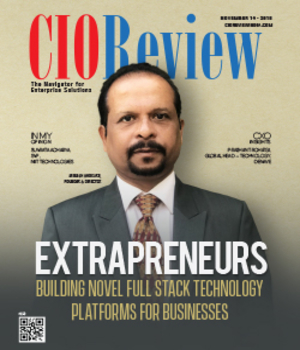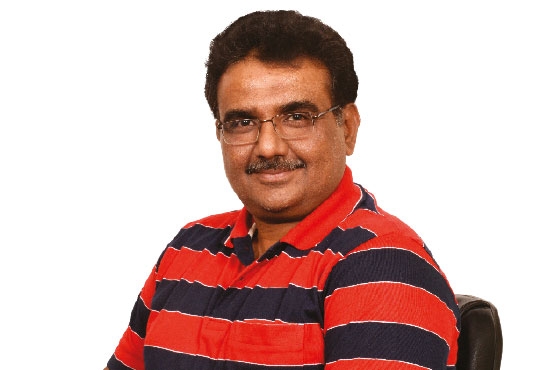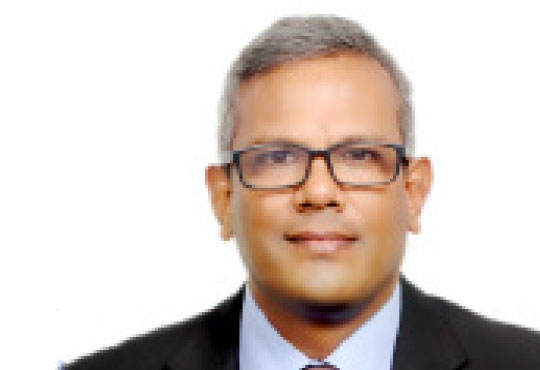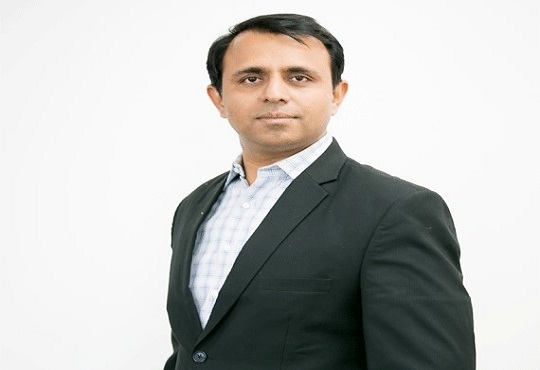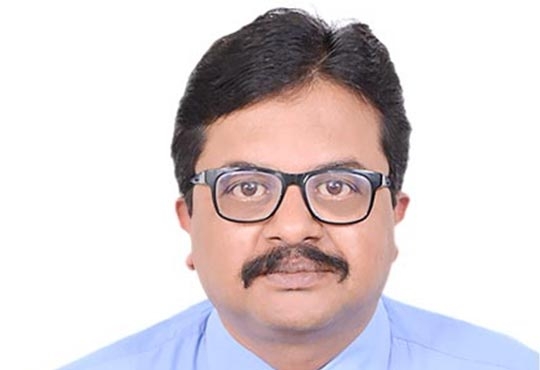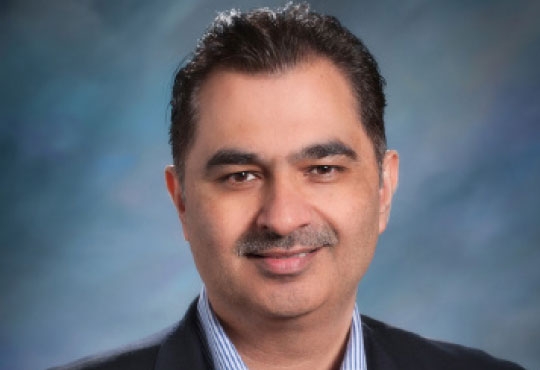
US and India Hold Defense Technology Cooperation Meeting Amid Diminished Expectations
CIOReviewIndia Team | Wednesday, 16 September 2020, 13:16 IST
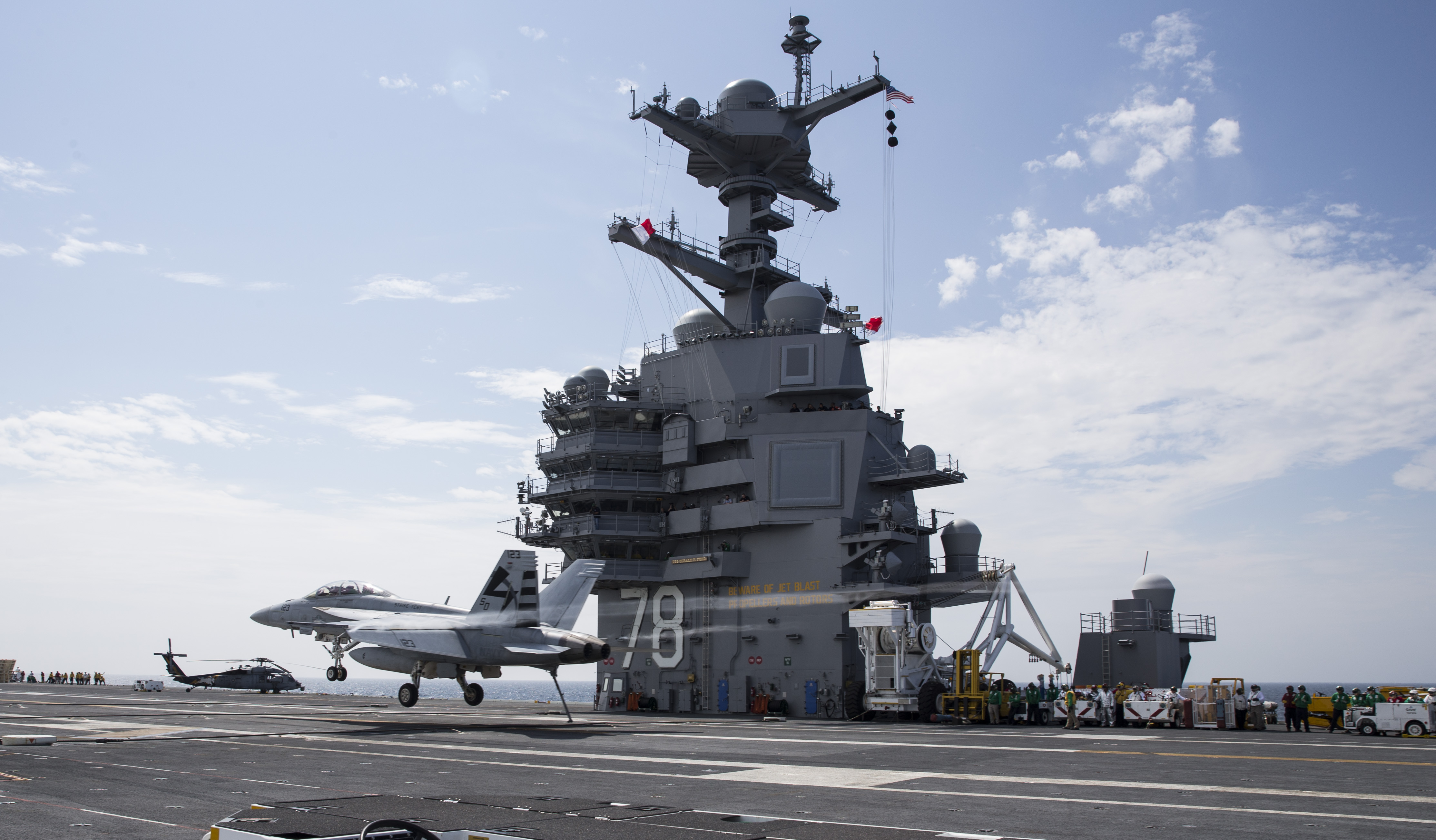 Virtually concluding the 10th edition of the Defense Trade and Technology Initiative (DTTI) Group Meeting on September 15, the United States and India, according to a U.S. Department of Defense press release, the DTTI Co-Chairs – Indian Ministry of Defense Secretary of Defense Production Raj Kumar and the U.S. Under Secretary of Defense for Acquisition and Sustainment Ellen M.Lord, signed a statement of intent for strengthening the dialogue on defense technology cooperation by pursuing detailed planning and making measurable progress on several existing DTTI projects.
Virtually concluding the 10th edition of the Defense Trade and Technology Initiative (DTTI) Group Meeting on September 15, the United States and India, according to a U.S. Department of Defense press release, the DTTI Co-Chairs – Indian Ministry of Defense Secretary of Defense Production Raj Kumar and the U.S. Under Secretary of Defense for Acquisition and Sustainment Ellen M.Lord, signed a statement of intent for strengthening the dialogue on defense technology cooperation by pursuing detailed planning and making measurable progress on several existing DTTI projects.
Established in 2012, the DTTI, speeds up the defense technology cooperation between the two countries by removing “differing bureaucratic process and legal requirements” through greater oversight stated by the Office of the U.S. Under Secretary of Defense for Acquisition and Sustainable notes. Since then, the DTTI group meetings are conducted twice a year, in rotation between the U.S. and India. At present, there are four working groups under the initiative – ‘Focused on land, naval, air and aircraft carrier technologies.” As per the U.S.-India Strategic Partnership Forum’s Vikram Mahajan, the near-term projects, which are identified, under the DTTI, includes, “Air-launched Small Unmanned Systems, Light Weight Small Arms Technology and Intelligence-Surveillance-Targetting & Reconnaissance (ISTAR) [technologies].” On September 2015, the Pentagon setup an India Rapid Reaction Cell for pushing forward the DTTI proposals, through the U.S. national-security bureaucracy.
The Defense technology, in cooperation between the two countries, where private sector players are expected to extend their operations since the signing of the U.S.-India Industrial Security Annex (ISA) last December. The ISA essentially forges to a commitment by the Indian side to protect the classified information related to military technologies transferred by the United States. As an extension of the 2002 U.S.-India General Security of Military Information Agreement, made for commitment to secure shared military information by both sides. India, receiving the U.S. Strategic Trade Authorization-1 designation on August 2018, stand for facilitating sensitive high-technology sales to the country.
In spite of the impressive bureaucratic mechanisms for improving the U.S.-India defense technology cooperation, many analysts say that it inclines more toward outright defense sales and not much towards technology transfer, which is a key Indian ask for fervent defense manufacturing. A key Indian expectation from the DTTI relates to acquiring jet engine technology from the U.S., though, last October, the DTTI, suspended potential collaboration on jet-engine technology, created a working group for it that did met on several occasions. Explanation came from Lord as – “At the time was that transfer of such technology to India would run afoul of U.S. export control laws.”
One of the much-vaunted item on the DTTI agenda, since 2015, is an Electromagnetic Aircraft Launch System (EMALS) for India’s third aircraft carrier and second in terms of being developed ingeniously, which also looks dead, not because it is unclear whether India will go with a third aircraft carrier in face of persistent threats on land. INS Vishal, the third carrier, is likely to have cost India at least $10 billion, even with conventional propulsion and without the accompanying air group, by making it the single most expensive military platform for India. The U.S. President Donald Trump, said that it is no good, citing the cost, against EMALS for the USS Gerald R.Ford carrier in the past.
CIO Viewpoint
Technology Partner and Business Growth
By Mehdihasan Naqvi, Head IT, Otis Elevator Company
"Technology Partner" - in today's dynamic business
By Uday Sakunala, Head-IT, Hexagon Capability Center India
Collaborating with Technology Partners for...
By Joseph Kiran Kumar, Director and Head- IT, Eisai Pharmaceuticals India Pvt. Ltd
CXO Insights
How Low-Code is Transforming the Future of Work...
By Deepak Pargaonkar, VP, Solution Engineering, Salesforce India
By Suresh .V. Menon – Principal Consultant on Six Sigma and Strategic Management.
Ecosystem innovation: an enabler for digital...


